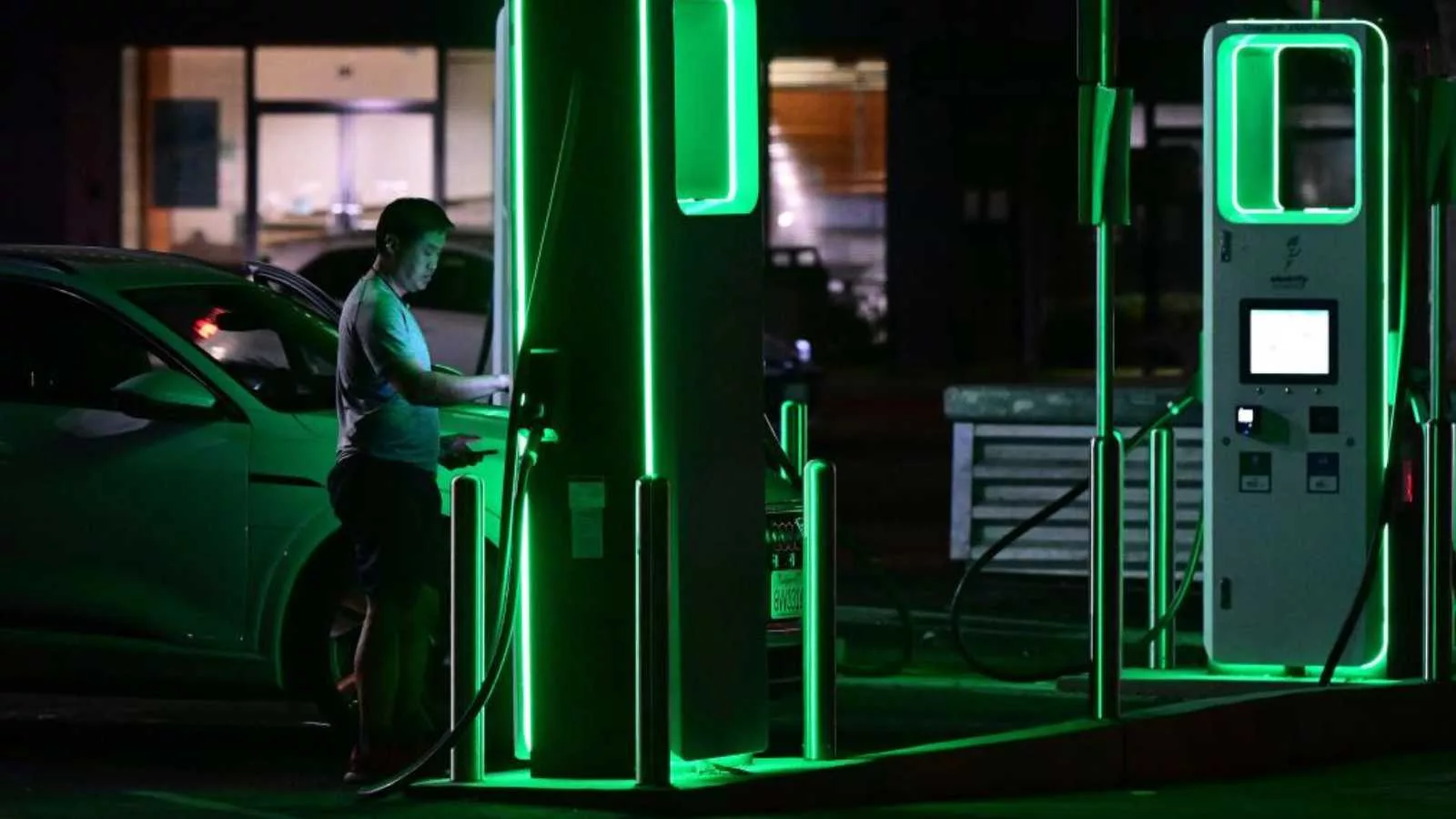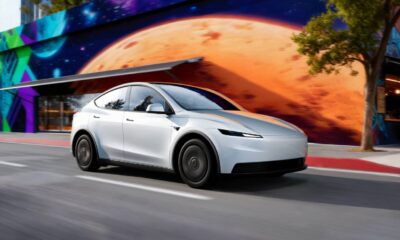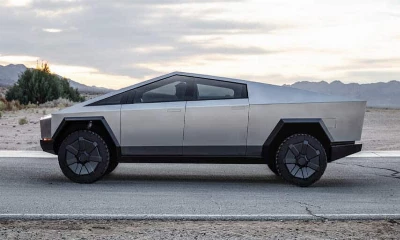Transportation
The most and least EV-friendly states in America right now

Just a heads up, if you buy something through our links, we may get a small share of the sale. It’s one of the ways we keep the lights on here. Click here for more.
Quick Answer: California, New Jersey, Oklahoma, Connecticut, and Oregon are the top five EV-friendly states in the U.S. The top five least EV-friendly states—South Dakota, Nebraska, Louisiana, Iowa, and Arkansas
The number of people purchasing and using electric vehicles in the United States reached record levels in 2024, thanks to a combination of federal, state, and local incentives and growing awareness about the impact of greenhouse gases on climate change.
However, recent moves by the Trump administration to curb incentives to buy EVs, such as tax credits, pause federal fleets’ adoption of EVs, and implement tariffs on EV parts is threatening continued growth.
EVs occupied approximately 8.6% of the new vehicle retail market in the country in 2023, according to consumer research firm J.D. Power.
The firm projects that number to plateau at about 9.1% in 2025. While California continues to hold the top spot for EV adoption, the largest growth was recorded in New York, Florida, and Colorado.
Stacker analyzed data from the Department of Energy and the nonprofit Tax Foundation to determine which states are the most hospitable for EV owners.
Scores were determined by calculating the number of charging stations per EV, excluding plug-in hybrids (30% of the overall score), the number of laws and incentives for owning an EV (10%), and the annual in-state cost of owning an EV—including yearly registration fees minus the maximum tax credits offered.
Data on registration and charging stations is accurate as of April 2025.
Three types of EVs are available in the American market:
- Battery EVs: Powered solely by electricity from rechargeable battery packs.
- Plug-in Hybrid EVs: Use both batteries and an internal combustion engine to supplement electric power for longer ranges.
- Fuel Cell EVs: Convert compressed hydrogen gas into electricity.
Widespread EV adoption benefits the environment, the average consumer, and the nation’s energy independence.
EVs produce lower emissions, are more efficient, and have better fuel economy than their gas-powered counterparts. EVs can cost more off the lot, but consumers typically pay less for using them than they would for non-electric vehicles.
Electricity in the U.S. is produced by a diversified mix of sources, including natural gas, wind energy, coal, nuclear energy, hydropower, and solar energy. Therefore, the widespread adoption of EVs will make the U.S. consumer automobile market less susceptible to shocks in the global fuel market.
However, the growing adoption of EVs has hurt states in unintended ways. It has decreased their revenues from gas taxes and caused a loss of money in tax credits.
States have adopted or are considering policies to increase fees associated with using EVs to recover some of the lost revenue. Vermont, notably, is evaluating a miles-traveled fee to regain some of the lost funds.

Urban areas with additional clean vehicle tax credits are the most friendly for EVs
Nebraska, Louisiana, Iowa, and Arkansas have regulations that make it difficult for car manufacturers to sell EVs directly to consumers.
Electric vehicle manufacturers like Tesla rely on a direct-to-consumer sales model that excludes dealers as the go-between, saving consumers’ and manufacturers’ expenses.
Prohibitions on direct sales make purchasing EVs difficult for consumers, especially by making the process more expensive than direct purchases.
By contrast, California, New Jersey, Connecticut, and Oregon score as some of the most EV-friendly states in the country.
These states also have high urbanization rates, with California at 94.2% urbanization, New Jersey at 93.8%, Connecticut at 86.3%, and Oregon at 80.5%.
EVs tend to be popular in big cities and urban areas that tend to have denser charging networks, shorter commute times, and local EV adoption and use incentives.
However, rural areas’ lower population density disincentivizes companies from building extensive charging networks, as in urban areas. Insufficient EV infrastructure has been a critical barrier to EV adoption in the rural parts of the U.S.
States with large swaths of rural areas are some of the least EV-friendly states. South Dakota has the lowest EV-friendly scores in the nation, with 57.2% urbanization, Nebraska has 73%, Louisiana has 71.5%, Iowa has 63.2%, and Arkansas has 55.5%.
Residents of rural areas also take on longer commutes and travel more often than their urban counterparts, contributing to consumer anxiety about vehicle range and the need to make stops for charging.
California, New Jersey, Oklahoma, Connecticut, and Oregon are the top five EV-friendly states in the U.S. In addition to the $7,500 tax credit available for EV buyers in all states, these states offer additional EV tax credits ranging from $4,000 to $7,500. They also have high numbers of registered EVs.
The top five least EV-friendly states—South Dakota, Nebraska, Louisiana, Iowa, and Arkansas—have no additional EV tax credits, few EV charging stations per vehicle, and few registered EVs.
What do you think—are EV-friendly policies and incentives enough to drive real change where you live? Share your experiences with electric vehicles below, or join the conversation on our Facebook and Twitter pages.
Editor’s Note: This article was written by Andrew Jose via Stacker. Story editing by Shannon Luders-Manuel. Additional editing by Kelly Glass. Copy editing by Tim Bruns and Kristen Wegrzyn.


































